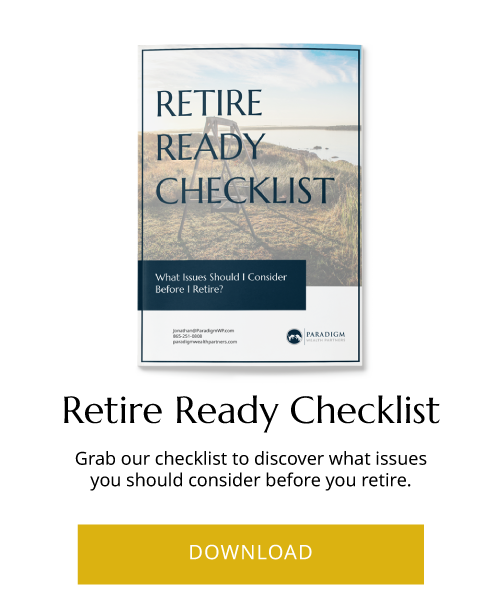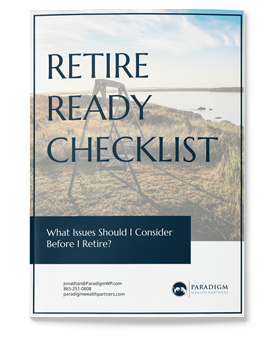The Importance of Financial Literacy in the Classroom
It’s no secret that many Americans have a debt problem. With the presidential election coming up, you would think the candidates would be talking more about this. Whether it’s consumerism gone awry or just plain ignorance, this is an issue worth looking at. If ignored, our middle class will deteriorate. Let’s examine these statistics from the LendingTree 2019 U.S. Consumer Debt study:
TYPE OF DEBT |
AVERAGE BALANCE PER BORROWER |
CHANGE FROM LAST YEAR |
NUMBER OF BORROWERS |
| Student Loan | $36,500 | +5.4% | 42.7 million |
| Auto | $10,100 (per car) | +3.6% | 113.1 million |
| Credit Card | $5,800 | +2.4% | 176 million |
| Personal Loan | $7,200 | +13.2% | 20.2 million |
The multitude of our debt problem could prevent millions of Americans from getting ahead. Take wage growth for example. According to the U.S. Bureau of Labor Statistics, wage growth was 3.7% from January 2019 to January 2020. Match this with LendingTree’s data and there is a 1.7% deficit in the amount of student loan debt growth and wage growth. This does not sound like a significant amount, but it accumulates over time.
Another alarming element to this issue is the growth in personal loan debt. According to LendingTree, these loans tripled from $49 billion in 2010 to $156 billion in Q3 of 2019. “Delinquency rates (60 days or more past due) for personal loans is currently 3.3%, which is higher than mortgages (1.5% delinquency rate), auto loans (1.4%), and credit cards (1.8%)”. These loans carry a wide variety of purposes, many of which are arguably irresponsible reasons to hold debt.
These figures pose the question: how did this happen and what can we do to fix it? The answer could be more straightforward than you think. Luckily, financial literacy curriculum is increasing in the United States. As the data tells us, it couldn’t come at a better time. Research shows that money habits are developed by age seven; meaning that parents and educators must start early. This study even suggests that kids can grasp simple money concepts at age three.
Currently, there are twenty-one states that require either a standalone finance class or some form of integration into classwork before graduating high school. This number continues to rise, which is encouraging, but there is still a great deal of work to be done. According to the Council for Economic Education:
- More than 1 in 6 students in the US do not reach the baseline level of proficiency in financial literacy.
- Nearly 1/4 of millennials spend more than they earn.
- 67% of Gen Y have less than 3 months worth of emergency funds.
This group is fighting on the policy side to get personal finance into the classroom. Their research validates the importance of teaching kids about money.
In America we spend billions of dollars helping our children master reading, writing and arithmetic. And then we send them out into the world lacking the basic skills to prosper in life: understanding personal finance and economics. – cOUNCIL FOR eCONOMIC eDUCATION
On the curriculum side, Dave Ramsey has developed an extensive program (Foundations in Personal Finance) for middle school, high school, and college-aged students.
It seems that the education world has woken up to this matter. Hopefully, the trend continues towards full integration. This is not rocket science. Instilling basic financial concepts into children could drastically change the trajectory of their life. Perhaps equipping the next generation with these essential life skills will enable them to undo their parent’s mistakes.



